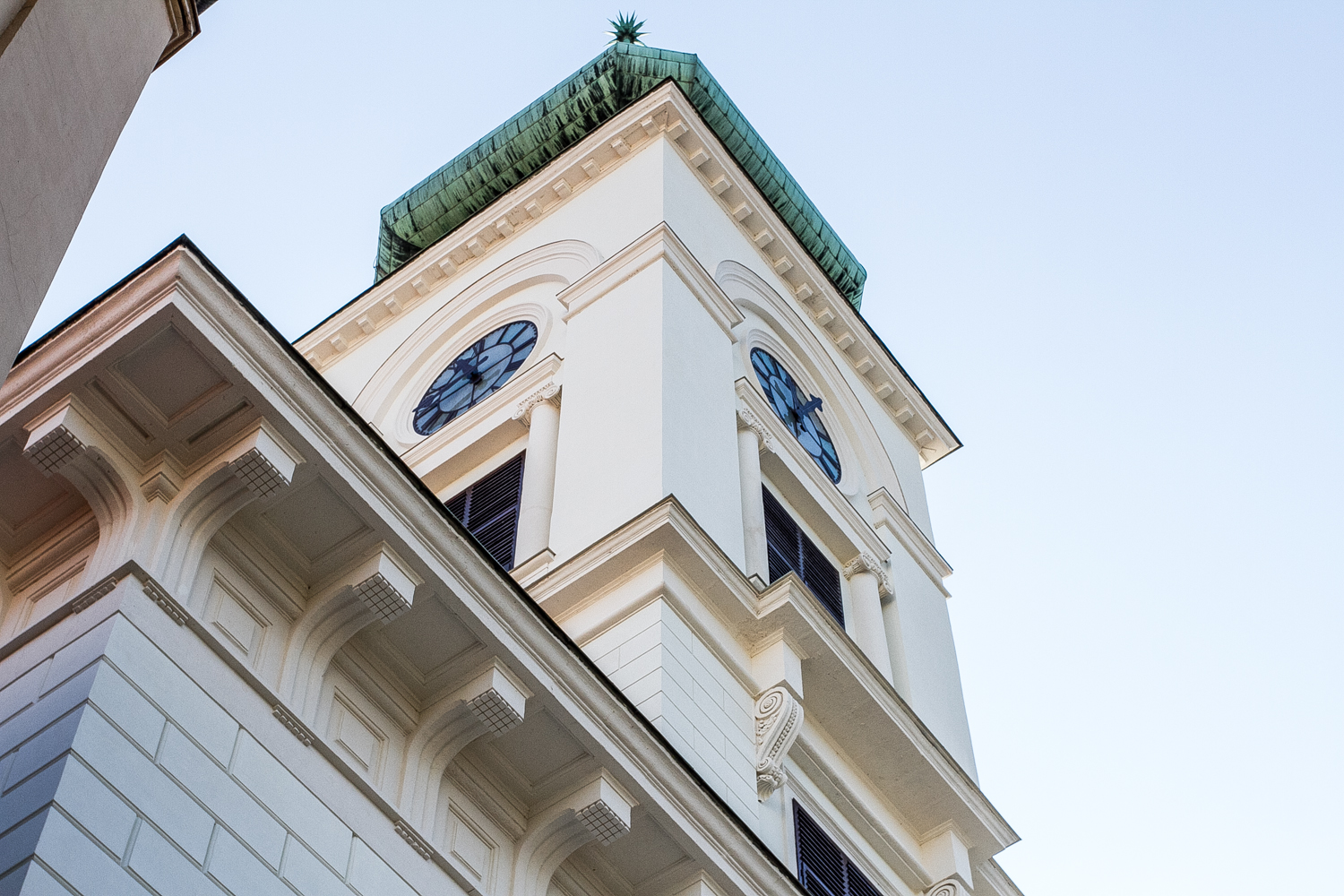The officials that are in charge of refurbishing Budapest's city center never run out of new projects to tackle, but their efforts become more apparent as time goes by and we can observe how various streets, squares, and structures are gradually renewed – including churches, apartment buildings, and palaces. Here we highlight five buildings that are all architecturally significant, located in the historic section of downtown Pest, and are now freshly renewed.
1/5
54 Andrássy Avenue
This eclectic building, located amid a world-heritage area, was built around 1880 for entrepreneur József Pucher. The group of buildings was constructed on three plots and – as shown in the pictures – shows a completely uniform image with its external shape. The central building has four floors, while the two outer wings each have three stories. The broad stone, the painted-plaster architecture, and the interior yard layout is also a common feature of the buildings. Therefore, we definitely wish that all three buildings had been renovated, and not only the central structure – the surrounding wings continue to crumble.
4/5
54 Váci Street
The renovation of this classical one-story residential building was long overdue. At certain parts of the patio structure, we can still find 17th-century building details. The ground floor is defined by semicircular wall openings, and we can see a parapet ledge on the first floor, while a simple cornice tops the façade. Well, a cornice used to top it – with this renovation, the building's owners decided to install a glass roof that can also be viewed as a new façade. We are happy about the renewal of this dilapidated building, but the 21st-century provincial add-on is underwhelming.









